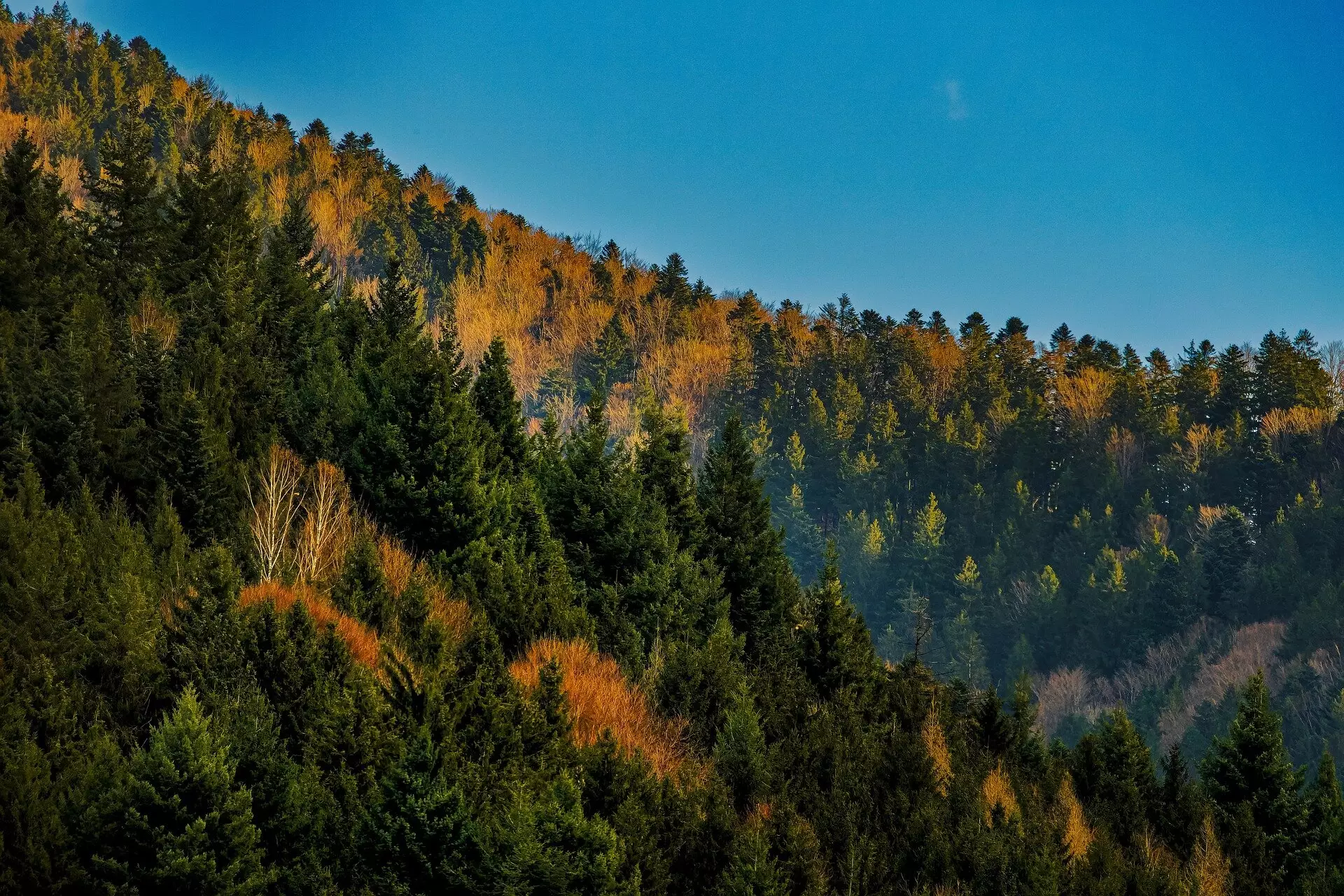It has been established that Earth has a ‘thermostat’ that helps regulate the concentration of atmospheric carbon dioxide over long periods of time, ultimately influencing global temperatures. One of the key players in this regulation process is the erosion and weathering of rocks. When rocks weather, carbon is removed from the atmosphere and sequestered as calcium carbonate. However, weathering of other minerals like carbonates and sulfides or organic carbon can actually release CO2 into the atmosphere. This complex interplay between different weathering processes has a significant impact on the carbon cycle.
A team of researchers led by geologist Aaron Bufe and Niels Hovius has conducted a study to analyze the relationship between erosion rates and CO2 capture through weathering reactions. Surprisingly, their findings suggest that the highest CO2 capture occurs in low-relief mountain ranges with moderate erosion rates, rather than in regions with the fastest erosion rates. This is because the weathering of rapidly weathering carbonates and sulfides depletes these minerals quickly, while silicate minerals, which weather more efficiently, are abundant in regions with moderate erosion rates.
The research team used a weathering model to analyze fluxes of sulfide, carbonate, and silicate weathering in various study regions, such as Taiwan and New Zealand. They found that the relationship between erosion rates and CO2 fluxes is not linear. In fact, CO2 capture from weathering peaks at an erosion rate of around 0.1 millimeters per year. When erosion rates are lower or higher than this threshold, less CO2 is sequestered, and in some cases, CO2 may even be released into the atmosphere. This highlights the complexity of the carbon cycle and the impact of erosion on global temperatures.
The findings of the study suggest that over geological timescales, the temperature at which Earth’s ‘thermostat’ is set depends heavily on the global distribution of erosion rates. Low-relief mountain ranges with moderate erosion rates, such as the Black Forest or the Oregon Coast Range, are identified as the biggest CO2 sinks. These regions have optimal conditions for CO2 capture through weathering reactions. Understanding the role of erosion in the carbon cycle is crucial for predicting the long-term effects on Earth’s climate system.
Moving forward, further studies should consider organic carbon sinks and weathering in floodplains to gain a more comprehensive understanding of the effects of erosion on Earth’s climate system. By taking into account additional factors that influence CO2 fluxes, researchers can refine their models and improve predictions of how erosion impacts the global carbon cycle. This will ultimately contribute to a better understanding of the complex dynamics between geological processes and climate change.



Leave a Reply